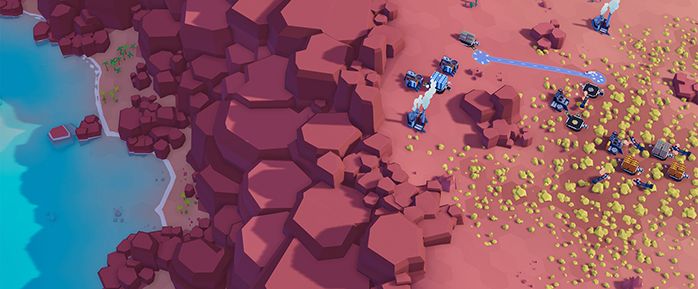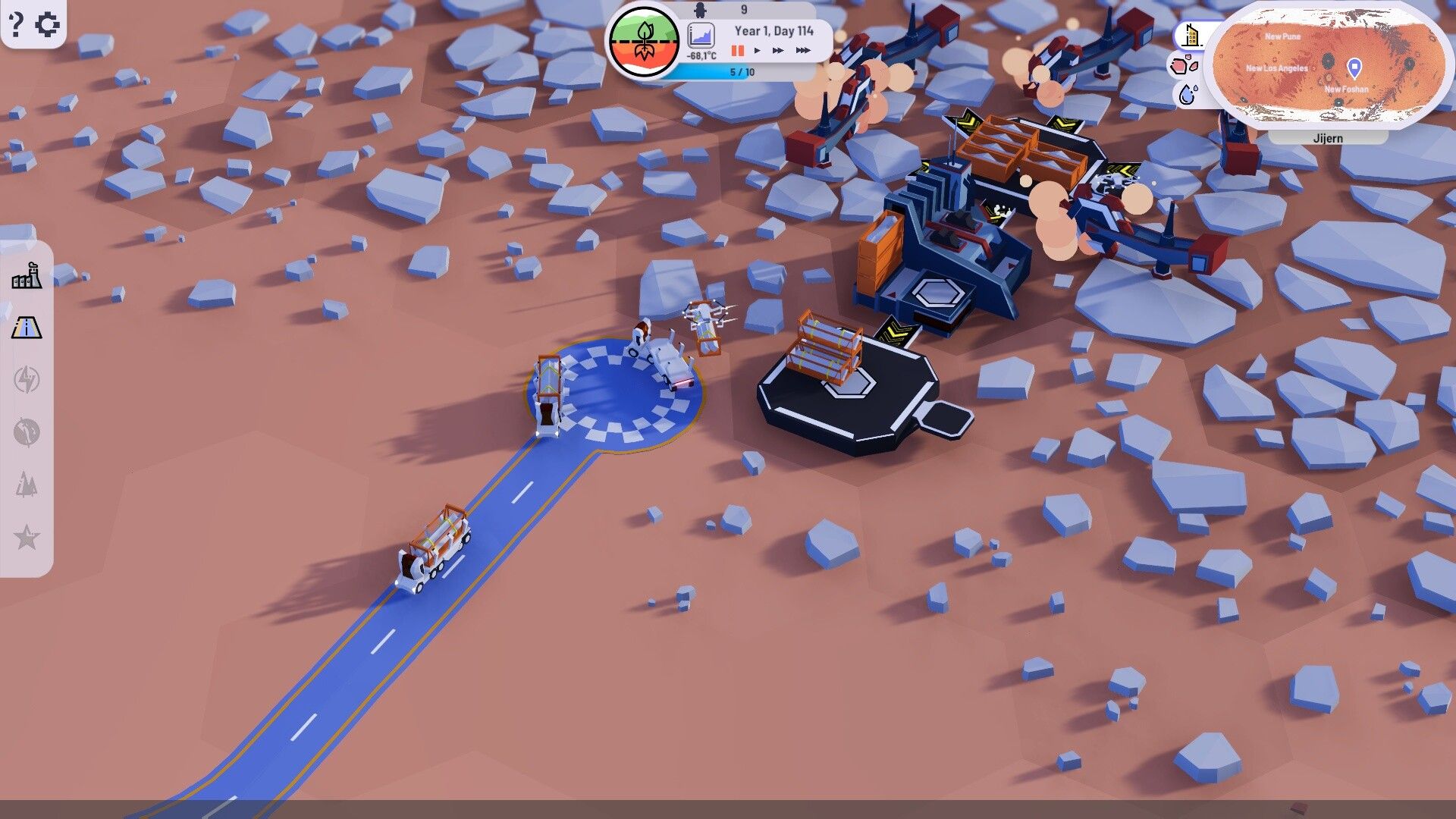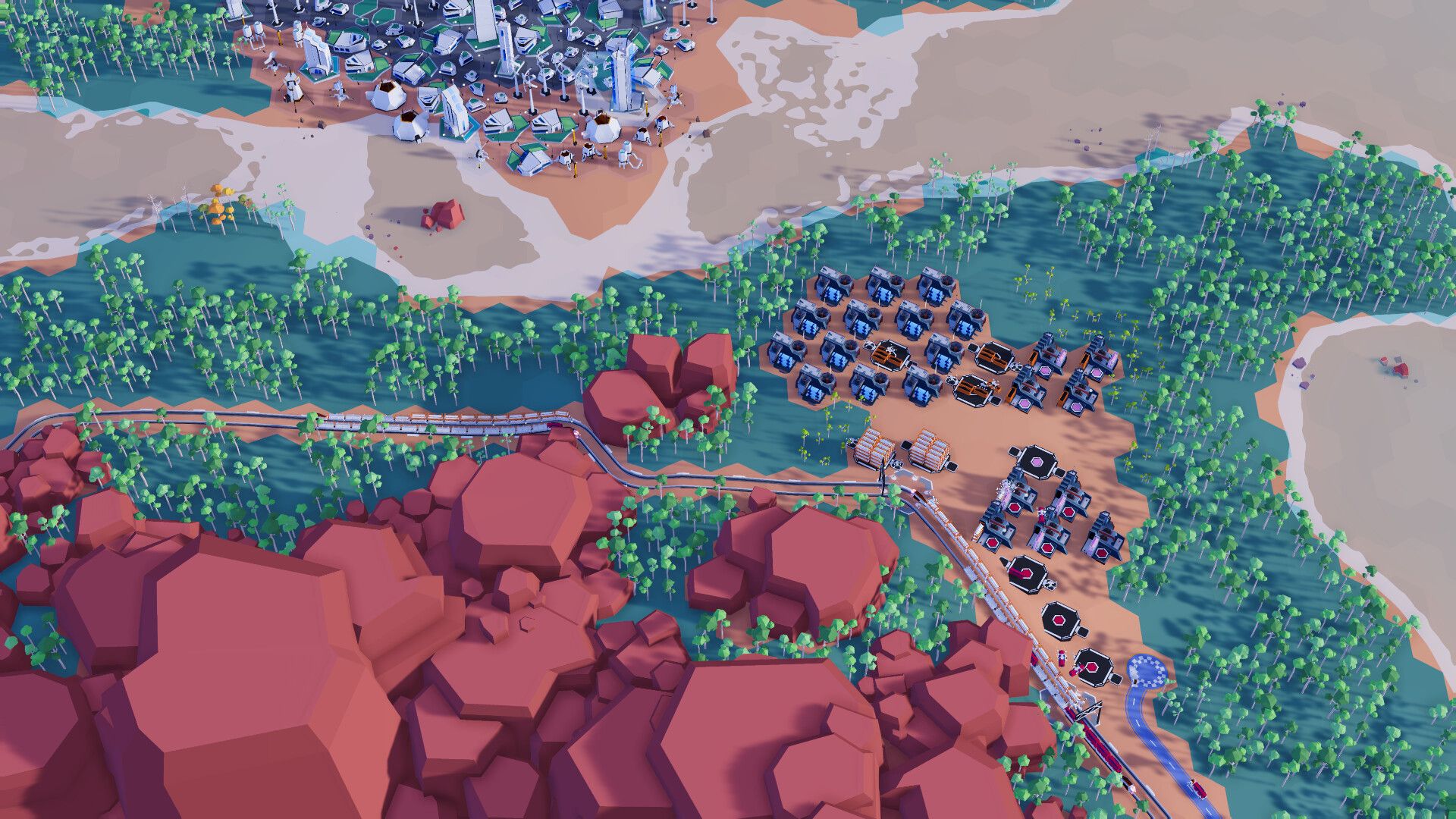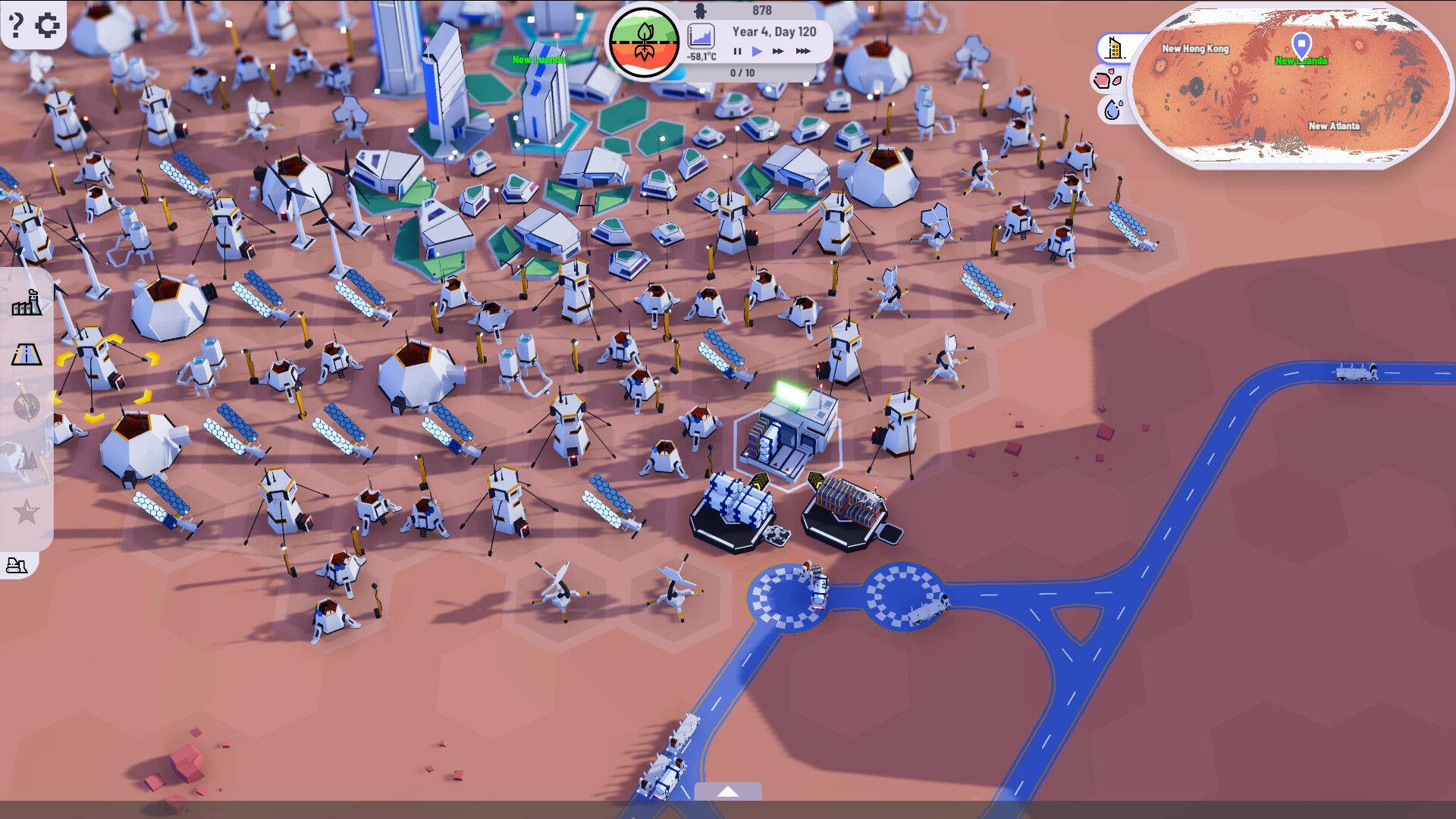People evolved to have specific needs for comfort and survival; the world wasn't created for us, evolution shaped us around pre-existing conditions. When it comes to living on Earth, humans are simply amazing at getting the job done, but the problem is we're also specialists. Add or subtract a few dozen degrees from the ambient temperature, or screw up the balance of atmospheric elements, or even find something as simple and common as water in short supply and we wither away. Earth has everything we need, but the problem is that there are a lot of places to be that aren't on Earth. If humanity wants to spread out into the universe it's going to have to come to grips with planetary renovation, because the planets that aren't gas giants are balls of rocks featuring a few hundred ways to kill people dead the second they touch down.
While the odds of finding an Earth-like planet are low to nonexistent, they improve quite a bit when searching for planets that could be Earth-like if only things were just a bit different. A planet with a decent selection of minerals circling a stable star in an orbit that could heat it appropriately if only there was an atmosphere is a good place to start, preferably with a molten core to generate a magnetic field strong enough to keep the solar radiation within acceptable levels. With all that in place, plus a large enough mass to keep the atmosphere from dissipating into space, the rest is just a matter of engineering. Plan B: Terraform sets you down on a cold, rocky Earth-sized ball with a few settlements scattered across its surface, and the goal is to automate the world into a lush green and blue home for humanity.
It's not off to a promising start, though. At the beginning the world is barren and the settlements are just a single hexagon in size. The entire planet is segmented into hexes, most bare dirt but plenty clumped up into resource fields just waiting to be put to good use. Iron, sulfur and aluminum are the basic industrial elements, but there's also the ice at the polar caps and small deposits of fluorite for more specialized needs. Except that ice resources are limited, with each hex putting out a set number of units before it reverts to bare dirt, but even so there's more than enough to get the planet not just habitable but thriving.
First up, though, it's time to lay down a few excavators to get the iron flowing. Plonk down a depot beside an excavator to give its output a place to go, a factory beside the depot to process the raw iron, another depot to hold what's now iron bars and finally an assembler to process the bars into more useful things. You start the game with only a few basic industrial units, but with a little assembler management it doesn't take too long before you've got plenty of them to work with. More excavators leads to more iron per minute, feeding more factories and kicking off a proper industrial start to this world, and then it's on to mining sulfur to process into concrete. Concrete leads to roads, roads need trucks to be of any use, and a good transportation system to link industry to the settlements means it's finally time to start growing the population.
Each system is automated, so once in place it's going to mostly take care of itself, but as the settlements grow their needs grow with them. It doesn't take long for the planet to get covered in a set of supply chains fed by roads for the shorter bits and trains for the longer ones, all to feed the requirements of the rapidly-growing towns, but the goal isn't to have a lot of buildings but a whole new Earth-like planet. Earth is nice and warm so greenhouse gasses are terrible for it, but on a world where the average temperature is below -50C, they're a welcome addition. A few placements of greenhouse gas generators, plus the mining infrastructure to feed them with fluorite and sulfur, starts the place warming up at a slow but steady pace. Soon enough the first hints of life show up as water begins flowing, creating inconvenient oceans that, hopefully, won't drown any settlements too badly. The planet is starting to wake up and it's going to be necessary to work around the coming changes.
Thankfully it's not a race, and you've got all the time and resources necessary to reach that goal, because it takes a bit to shift gears between the laid-back start, where you can just drop things down however you'd like, and the need for efficiency as requirements start ramping up. If you've got years of factory-game grid-based logic in your head the hexes will throw that off a bit, but there's also a bit of busywork in keeping an eye on your extractors. Each hex's mineral supply lasts for a while but not forever, so when you've got multiple mining and production grids set up across the planet, it becomes necessary to check in on each one now and then to verify they haven't run down. The math for production could also stand a bit of clarification, such as the way a town says it needs X number of units per year, but it's a blanket statement across multiple products, so is that each product needing that amount or is there some type of division between them? My solution has been to ramp up production and clog the supply lines so it can't possibly run out, but it would be nice to have a clear target to aim for. Still, Plan B: Terraform is only just released into Early Access, so there's plenty of time in its future to address the game's need to communicate what it wants from the player.
Plan B: Terraform is a pleasantly different type of automation game, laid back but with plenty to do to work towards renovating an entire planet. It's nicely rewarding to turn the tools of industry towards making a beautiful world, and the slow emergence of water and eventually plant life feels like a great reward for all that effort. On the factory side of things there's the usual need to keep an eye on the production lines, of course, but you also have to take into account changing requirements as the game progresses. Generating endless machinery in the assemblers at the start eventually transforms into realizing that an inventory of over five hundred factories is, in fact, enough, and that it's probably time to focus more on managing the needs of the cities. Which have of course grown significantly larger since starting, making the supply chain completely inadequate to its needs, and the only solution is to rip everything out and rebuild bigger and smarter, plus plan the roads and railways connecting everything together. The new planet starts off as a dead ball of rock and ice, but with good planning and optimization, humanity can have a comfortable second home among the stars.




